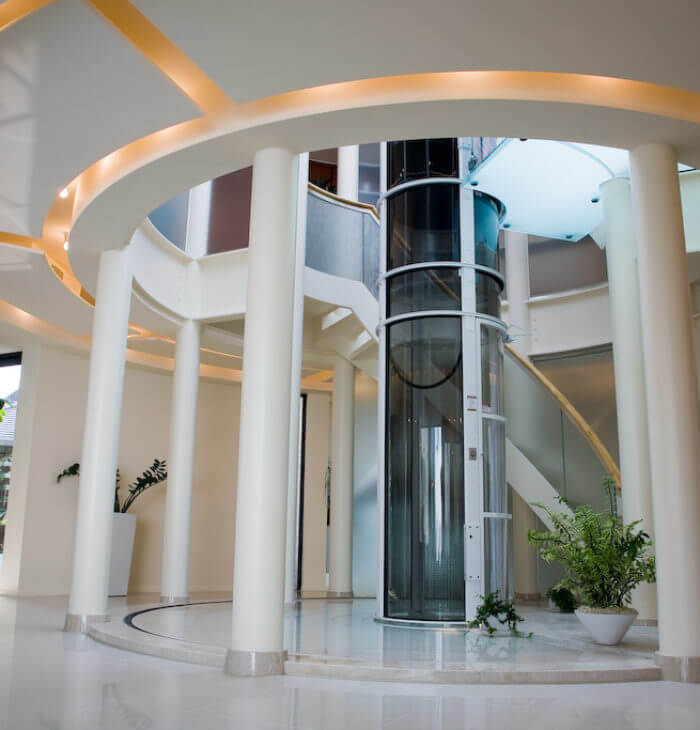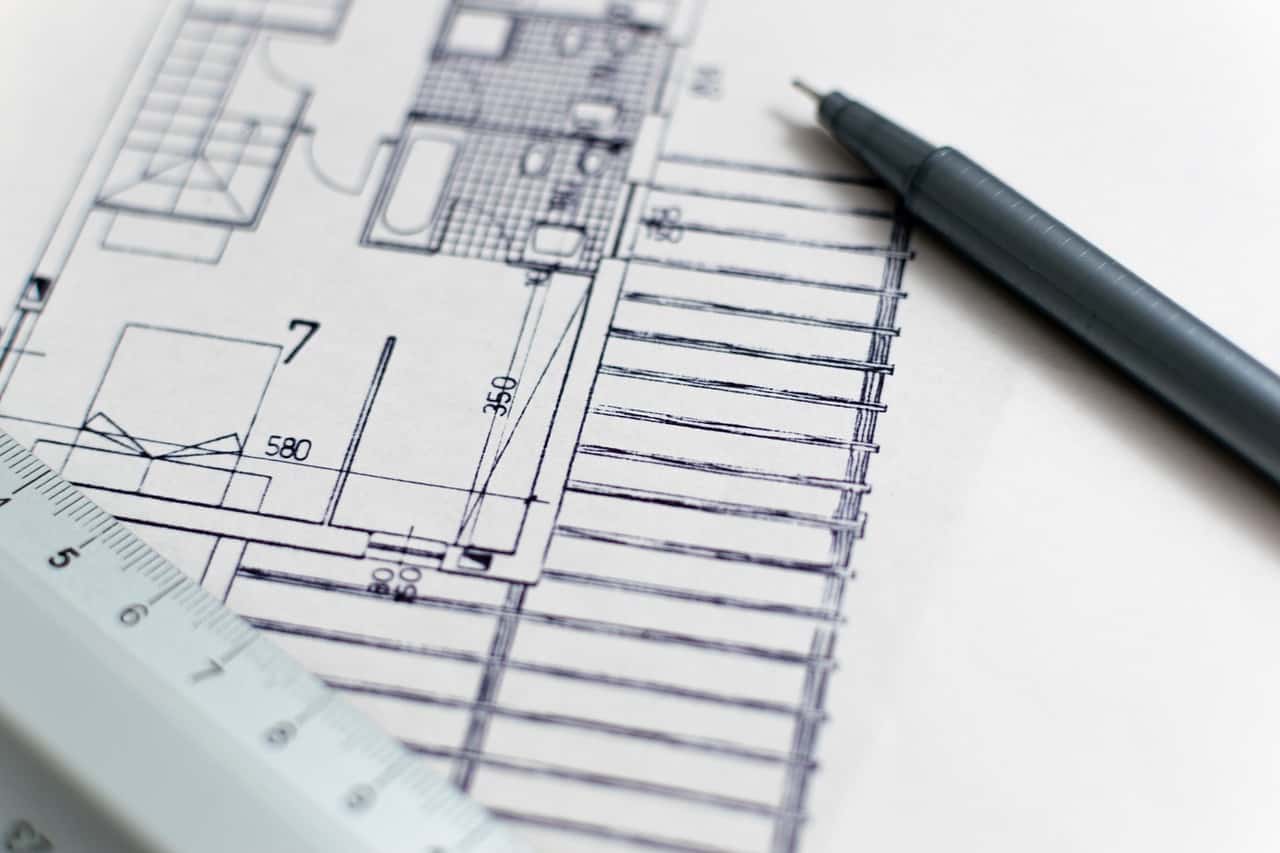If you live in a multi-story home, you may have concerns about navigating the stairs, especially if you face physical limitations as a result of injury, surgery, or just age.
While it may be tempting to consider selling your home and moving into a single-level alternative, it’s important to consider the cost. Between hiring a moving company and paying fees to real estate agents and brokers, the cost of moving is often higher than the cost of installing a home elevator (not to mention the emotional cost of leaving behind a familiar space filled with memories!).
101 Mobility® offers a range of home elevators from the industry’s leading manufacturers, ensuring that we have a model to fit your home’s needs as well as your budget.
Types of Home Elevators
There are four common types of residential elevator power systems, though some minor differences may exist between models and manufacturers:
- Cable-Driven Elevator which is powered by a cable wound around a drum. These are some of the most well-known types of elevators (you will typically see them used in commercial buildings and department stores) and can be built with metal or glass shafts. There are a variety of cable-driven elevator styles available, ranging in complexity and space requirements. Elevators with dedicated shafts require a pit and machine room in addition to the shaft itself in order to operate, so they are most cost-effective when built into new construction. On the flip side, elevators without shafts have small footprints and can be easily retrofit into existing homes with only a few minor modifications, such as cutting a hole in the floor where the elevator cab will travel. Depending on the style, cable-driven elevators cost between US$25,000 – $45,000. A great example of a cable-driven elevator is the Lifton Trio.
 Lifton Trio Residential Elevator
Lifton Trio Residential Elevator
- Chain-Driven Elevator which is similar to a cable-driven elevator but it powered by a chain wound around a drum. The benefits of the chain over the cable are that it is more durable (requires less maintenance and does not need to be replaced) and that they do not require a machine room, saving space. The reduced space requirements make these elevators easier to include in a retrofit, but it is still most cost-effective to include in new construction. When built into new construction, chain-drive elevators cost between US$25,000 – $50,000. A great example of a chain-driven elevator is the Savaria Eclipse.
 Savaria Eclipse – Chain-Driven Elevator
Savaria Eclipse – Chain-Driven Elevator
- Hydraulic Elevator which is powered by a piston that travels inside a cylinder. The cylinder connects to a system which pumps a fluid, typically oil, to control the elevator’s movements. They do not require separate machine rooms as the power system is contained entirely within the elevator shaft itself, but they do require a pit to be dug below the elevator shaft. For this reason, they are relatively simple to retrofit into an existing home, but the cost of digging the elevator pit may vary based on the existing home’s structure. When installed in new construction, hydraulic elevators cost between US$20,000 – $50,000. A great example of a hydraulic elevator is the Savaria Infinity.
 Savaria Infinity – Hydraulic Elevator
Savaria Infinity – Hydraulic Elevator
- Pneumatic Elevator which uses a vacuum system within a tube to power the elevator car’s movement. They typically cannot be hidden, but their attractive and futuristic design adds an element of interest to any home’s decor. Because the elevator is entirely vacuum powered, it does not require a pit or machine room, making it easy to retrofit into an existing home. Regardless of whether it is installed in new construction or retrofit to an existing home, pneumatic vacuum elevators (PVE) cost between US $35,000 – $85,000. A great example of a vacuum elevator is the PVE30 by Pneumatic Vacuum Elevator.
 Vacuum Elevator PVE30 – Pneumatic Elevator
Vacuum Elevator PVE30 – Pneumatic Elevator
New Construction vs. Retrofit
When possible, it is ideal to build a home to accommodate an elevator. Architects can include the elevator shaft into the home plan, providing greater options and allowing the elevator to fit seamlessly into the home or be easier concealed. When building a cable-driven elevator into new construction, the cost is typically in the lower end of the price range, between about US$20,000 and $30,000. On the other hand, retrofitting an elevator shaft into an existing home can require a great deal of construction, including demolishing walls and excavating concrete, resulting in a much higher cost for this type of elevator – in the US$45,000 – $80,000 range!

This is why it often makes more sense to opt for a hydraulic elevator, pneumatic elevator, or electric motor elevator when you are retrofitting an existing home. Since they do not require dedicated machine rooms (some don’t even require shafts or pits!), they take up much less space and can be installed nearly anywhere in the home. Depending on your home’s layout, you may be able to install this type of elevator to be hidden within a closet, but most of the time it will be placed in a corner of a room where it will be highly visible. The benefit of this type of elevator is that, even when retrofitting it into an existing home, the cost is typically only about US $25,000 – $35,000.
Home Size
Most standard elevators are made for two-story homes. For homes with three or four stories, additional stops will be required. Some elevator types are not made to go beyond two stops. For those that can accommodate the longer travel distance, cost typically increases by about $10,000 per additional stop.
Next Steps
Home Elevators are complex pieces of machinery, but they can be surprisingly affordable and can even add value to your home. Talk to a specialist who can assess your home as well as your physical needs and let you know what type of elevator would best suit you. Prices can vary widely, so be sure to discuss all your options before making your final selection!

